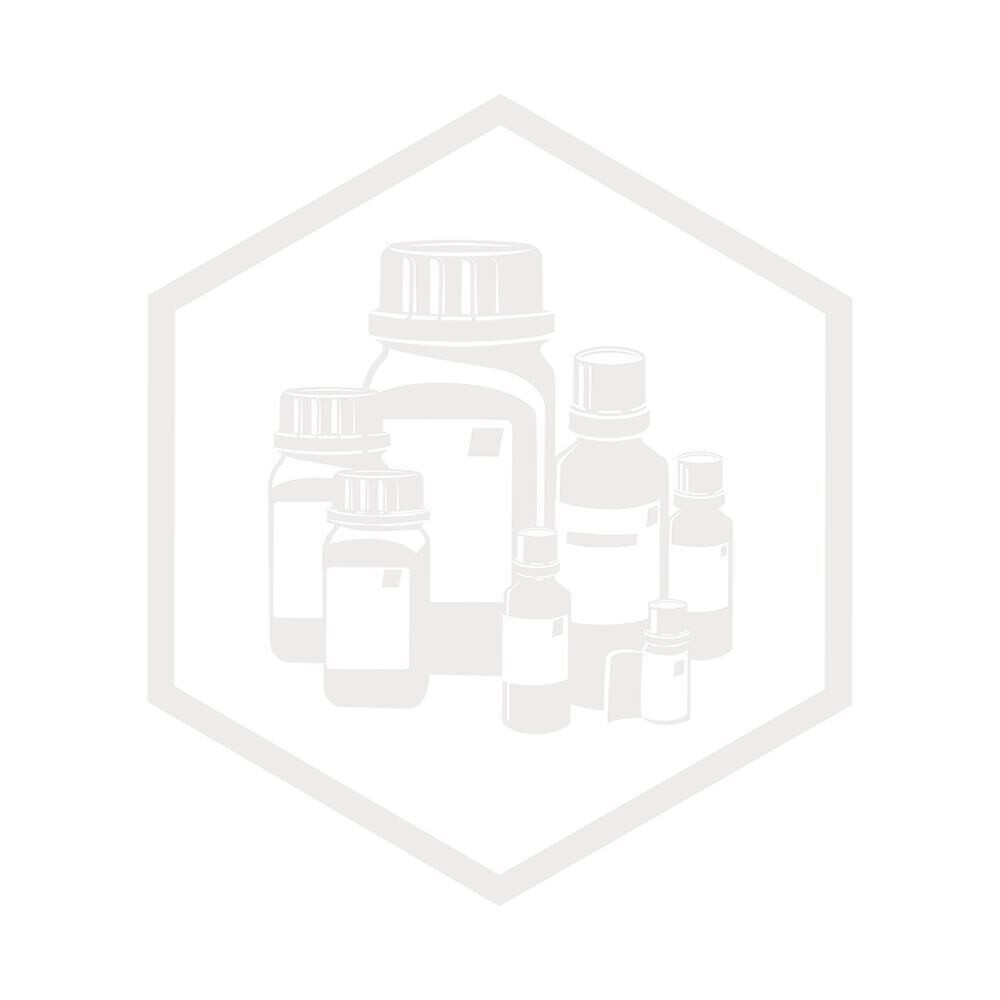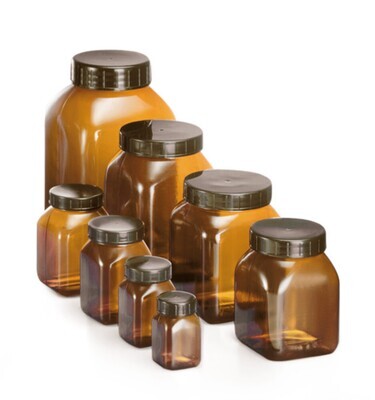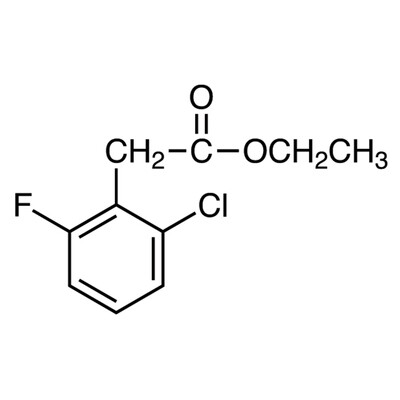Potassium dihydrogen phosphate 99.99+% 25 g
SKU 006465
€ 121,77
In stock
1
Save this product for later
Potassium dihydrogen phosphate 99.99+% 25 g
Product Details
CAS number: 7778-77-0
Chemical formulas: KH2PO4/ F.W. 136.09
Cation: K
Packaging: 25 g
EAN: 8721028243591
Brand: Laboratoriumdiscounter
Potassium dihydrogen phosphate, also known as KDP, is a colorless, odorless, and water-soluble crystal that is commonly used in the production of fertilizers, food additives, and pharmaceuticals. It is also used in the manufacturing of optical components, such as laser crystals and nonlinear optical materials. KDP is a vital source of potassium and phosphorus, two essential nutrients for plant growth and development. Its unique properties make it a versatile compound with a wide range of applications in various industries.
When working with Potassium dihydrogen phosphate, it is important to follow safety instructions to ensure your well-being. Here are some short safety instructions to keep in mind: 1. Personal Protective Equipment (PPE): Always wear appropriate PPE, including safety goggles, gloves, and a lab coat or protective clothing, to protect your eyes, skin, and clothing from potential contact with the chemical. 2. Ventilation: Work in a well-ventilated area or use a fume hood to prevent the accumulation of potentially harmful vapors or dust. This will help maintain a safe working environment. 3. Handling: Handle Potassium dihydrogen phosphate with care to avoid spills or splashes. Use appropriate tools, such as a scoop or spatula, to transfer the chemical. Avoid direct contact with your skin or eyes. 4. Storage: Store Potassium dihydrogen phosphate in a cool, dry, and well-ventilated area away from incompatible substances. Keep it tightly sealed in its original container to prevent moisture absorption and contamination. 5. Fire Safety: Potassium dihydrogen phosphate is not flammable, but it may release irritating or toxic fumes when exposed to high temperatures. Keep it away from open flames or heat sources. 6. First Aid: In case of accidental contact with Potassium dihydrogen phosphate, immediately flush the affected area with plenty of water for at least 15 minutes. If irritation persists, seek medical attention. If ingested, seek immediate medical help and provide the medical professional with all relevant information. 7. Spill and Waste Disposal: In the event of a spill, contain and clean it up promptly using appropriate absorbent materials. Dispose of the waste according to local regulations and guidelines. Remember, these are general safety instructions, and it is essential to consult the specific safety data sheet (SDS) and follow the instructions provided by the manufacturer for the particular Potassium dihydrogen phosphate product you are using.
Please note, not all safety data for this product is available on our website, for a complete list of P en H sentences and other safety instructions please request the MSDS at our customer service
You May Also Like
![7-Bromobenzo[d]isoxazole, 95.0%, 250mg 7-Bromobenzo[d]isoxazole, 95.0%, 250mg](https://d2j6dbq0eux0bg.cloudfront.net/images/88473019/4782669329.png)
7-Bromobenzo[d]isoxazole, 95.0%, 250mg
7-Bromobenzo[d]isoxazole, 95.0%, 250mg
SKU F232936-250MG
€ 63,80
Powered by Lightspeed
Display prices in:EUR












